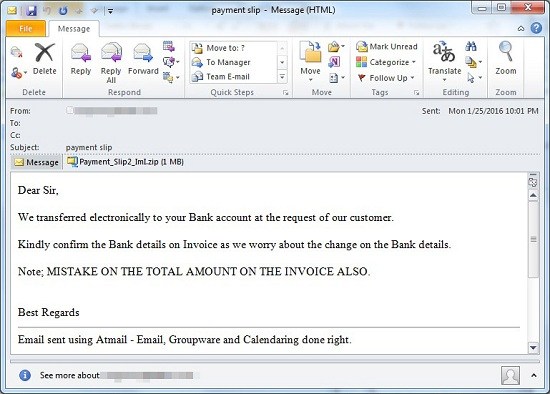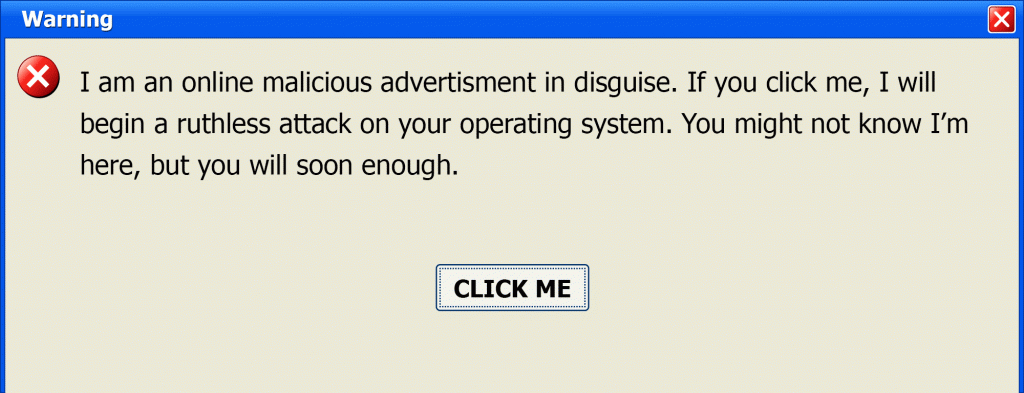The US Department of Justice has cracked the iPhone of one of the San Bernardino shooters without Apple's help and has abandoned its attempt through the courts to force the company to assist.
Prosecutors withdrawing (PDF) the court motion for Apple to help crack shooter Syed Farook's iPhone 5C said: "The government has now successfully accessed the data stored on Farook’s iPhone and therefore no longer requires the assistance from Apple Inc".
The unlocking by the department, which has been acting on behalf of the FBI, comes after more than six weeks of growing tensions between technology companies and the law enforcement agencies. Led by Apple, tech companies and civil liberties groups have argued that the case represented a "dangerous precedent".
As a result of the FBI's claim that it had unlocked the iPhone, Apple said the "case should never have been brought". A statement issued by the company said it would continue to help law enforcement agencies with investigations where it could but it would also "continue to increase the security of our products as the threats and attacks on our data become more frequent and more sophisticated."
The security agency had asked Apple to create a new operating system -- dubbed GovtOS by the Californian company -- to allow electronic, rather than manual password submission, remove time delays between password entry attempts and bypass the erase data function on the phone. The US government had argued the court motion was essential and it needed Apple's help to access the iPhone.
Withdraw of the order to compel Apple to create a new operating system for the US government follows reports that the FBI was helped by a private security company; the day before the two sides were due to face off in court the DoJ filed a motion to postpone the hearing, as it had purportedly been made aware of a potential way to access the data on the phone of the killer.
Prosecutors withdrawing (PDF) the court motion for Apple to help crack shooter Syed Farook's iPhone 5C said: "The government has now successfully accessed the data stored on Farook’s iPhone and therefore no longer requires the assistance from Apple Inc".
The unlocking by the department, which has been acting on behalf of the FBI, comes after more than six weeks of growing tensions between technology companies and the law enforcement agencies. Led by Apple, tech companies and civil liberties groups have argued that the case represented a "dangerous precedent".
As a result of the FBI's claim that it had unlocked the iPhone, Apple said the "case should never have been brought". A statement issued by the company said it would continue to help law enforcement agencies with investigations where it could but it would also "continue to increase the security of our products as the threats and attacks on our data become more frequent and more sophisticated."
The security agency had asked Apple to create a new operating system -- dubbed GovtOS by the Californian company -- to allow electronic, rather than manual password submission, remove time delays between password entry attempts and bypass the erase data function on the phone. The US government had argued the court motion was essential and it needed Apple's help to access the iPhone.
Withdraw of the order to compel Apple to create a new operating system for the US government follows reports that the FBI was helped by a private security company; the day before the two sides were due to face off in court the DoJ filed a motion to postpone the hearing, as it had purportedly been made aware of a potential way to access the data on the phone of the killer.



